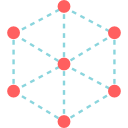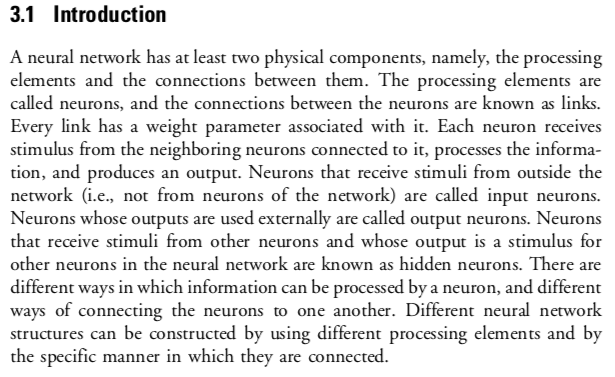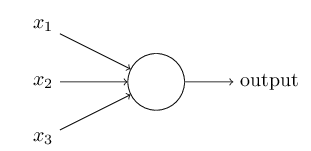Structure of neural networks

Introduction[edit]
Students need to understand that neural networks are based on the knowledge of biological networks, but they will not be examined on the relationship. A simple block diagram showing inputs, hidden units and outputs and a brief is sufficient detail.
Artificial neural networks (ANNs) or connectionist systems are computing systems vaguely inspired by the biological neural networks that constitute animal brains. Such systems "learn" (i.e. progressively improve performance on) tasks by considering examples, generally without task-specific programming. For example, in image recognition, they might learn to identify images that contain cats by analyzing example images that have been manually labeled as "cat" or "no cat" and using the results to identify cats in other images. They do this without any a priori knowledge about cats, e.g., that they have fur, tails, whiskers and cat-like faces. Instead, they evolve their own set of relevant characteristics from the learning material that they process. [2]
The structure of a neural network[edit]
From: https://www.ieee.cz/knihovna/Zhang/Zhang100-ch03.pdf

Perceptron[edit]
A perceptron takes several binary inputs, x1,x2,…, and produces a single binary output.
The example below is gratefully used from http://neuralnetworksanddeeplearning.com/chap1.html[3]. This cited example has been released under the creative commons Attribution-NonCommercial 3.0 Unported (CC BY-NC 3.0) license.
A way you can think about the perceptron is that it's a device that makes decisions by weighing up evidence. Let me give an example. It's not a very realistic example, but it's easy to understand, and we'll soon get to more realistic examples. Suppose the weekend is coming up, and you've heard that there's going to be a cheese festival in your city. You like cheese, and are trying to decide whether or not to go to the festival. You might make your decision by weighing up three factors:
- Is the weather good?
- Does your boyfriend or girlfriend want to accompany you?
- Is the festival near public transit? (You don't own a car).
We can represent these three factors by corresponding binary variables x1,x2, and x3. For instance, we'd have x1=1 if the weather is good, and x1=0 if the weather is bad. Similarly, x2=1 if your boyfriend or girlfriend wants to go, and x2=0 if not. And similarly again for x3 and public transit. Now, suppose you absolutely adore cheese, so much so that you're happy to go to the festival even if your boyfriend or girlfriend is uninterested and the festival is hard to get to. But perhaps you really loathe bad weather, and there's no way you'd go to the festival if the weather is bad. You can use perceptrons to model this kind of decision-making. One way to do this is to choose a weight w1=6 for the weather, and w2=2 and w3=2 for the other conditions. The larger value of w1 indicates that the weather matters a lot to you, much more than whether your boyfriend or girlfriend joins you, or the nearness of public transit. Finally, suppose you choose a threshold of 5 for the perceptron. With these choices, the perceptron implements the desired decision-making model, outputting 1 whenever the weather is good, and 0 whenever the weather is bad. It makes no difference to the output whether your boyfriend or girlfriend wants to go, or whether public transit is nearby.
By varying the weights and the threshold, we can get different models of decision-making. For example, suppose we instead chose a threshold of 3. Then the perceptron would decide that you should go to the festival whenever the weather was good or when both the festival was near public transit and your boyfriend or girlfriend was willing to join you. In other words, it'd be a different model of decision-making. Dropping the threshold means you're more willing to go to the festival.
Standards[edit]
- Outline the structure of neural networks.
